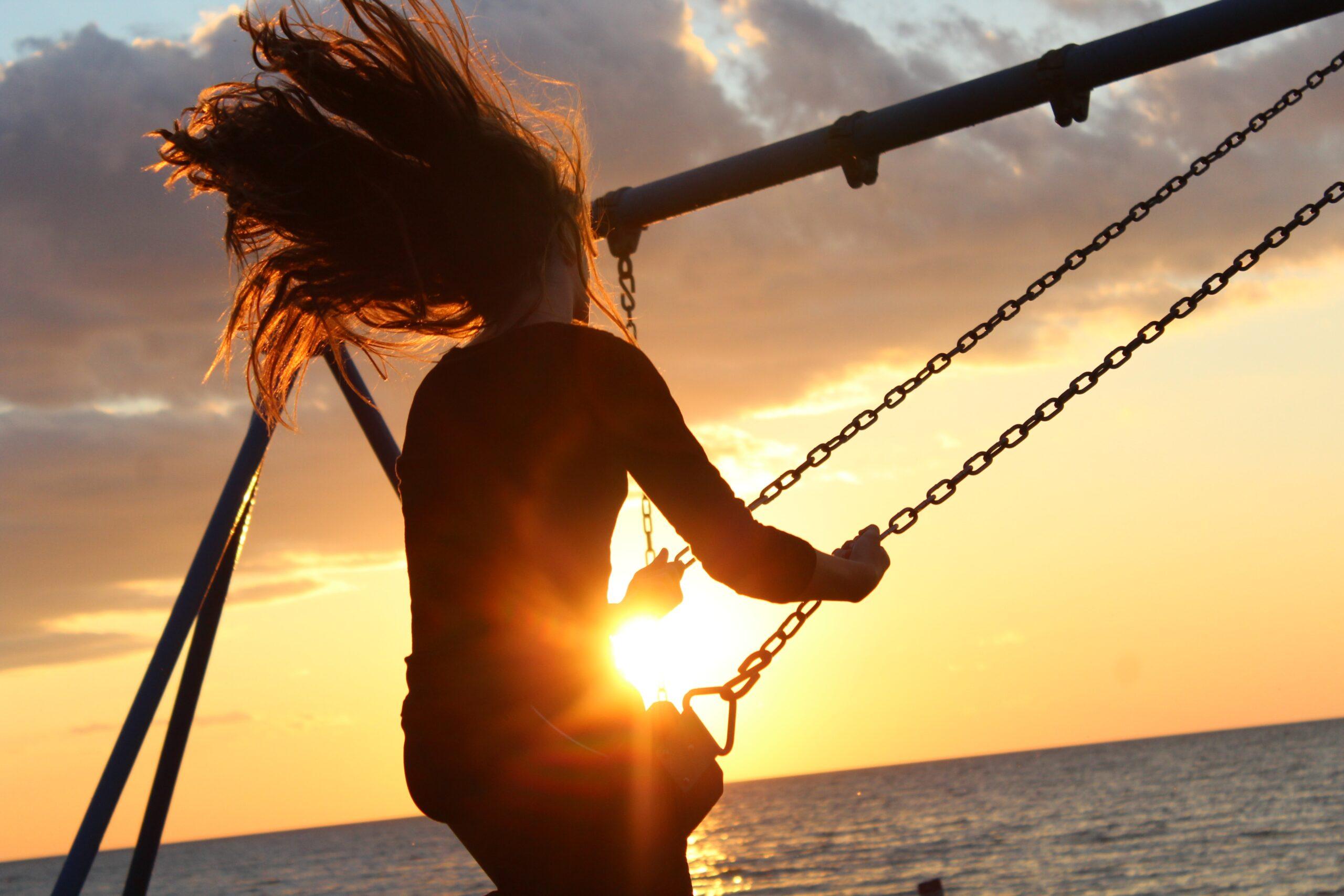The diagnosis of bipolar disorder in children is controversial. In an April 2007 article in The New Yorker, Jerome Groopman M.D., a distinguished physician and medical writer, observed that the diagnosis of bipolar disorder in kids under 18 increased fourfold between 1990 and 2000. In September 2007, the New York Times reported a fortyfold recent increase, though speculation surrounds that claim. Either way, given such figures, how can the diagnosis of bipolar disorder in a child be trusted?
Although both the appearance and the treatment of bipolar disorder in children can vary widely, diagnosis is not arbitrary and appropriate treatment protects a child’s brain and development. There are clear reasons why experts disagree about this diagnosis in a child. But experts do not invalidate current diagnosis trends.
Why Experts Disagree
- Bipolar disorder is understood to occur in a spectrum of severity and symptoms.
- Older criteria for diagnosis are based on severe adult forms of the disorder.
- Bipolar disorder looks very different in children than in adults.
- Bipolar disorder in a child can mimic other conditions, such as ADHD, oppositional defiant disorder, conduct disorder and anxiety disorders.
- Accurate diagnosis of bipolar disorder in a child cannot simply be done on the basis of observable symptoms, as is done with adults. Current difficulties, developmental history from birth and an extensive family history are needed to accurately diagnosis bipolar disorder in children.
- Increases in the diagnosis of bipolar disorder are linked to dramatic developments in the tools used for diagnosis and treatment.
Although estimates of the incidence of bipolar disorder in children are controversial, it is crucial to pay attention to a diagnosis in your child.
Reasons for Pursuing the Diagnosis of Bipolar Disorder
- When untreated, bipolar disorder in a child profoundly affects a child’s development— behaviorally, academically and socially.
- A child with bipolar disorder is at high risk for recurrent depression, academic failure, substance abuse in adolescence and the development of a character disorder.
- Resulting developmental problems, many of which occur in later years, are much harder to treat than problems associated with mood.
- The family of a child with untreated bipolar disorder is also at risk for a lasting serious misunderstanding between the parents and the affected child. Parental discord, resentment among siblings, physical or sexual abuse within the family and divorce may be affiliated to not pursuing a diagnosis of bipolar disorder in a child.
- More than half of adults with bipolar disorder say their mood symptoms began before age 20.
- For each year of illness, children with bipolar disorder have a 10 percent lower likelihood of recovery.
In other words, substantial harm can occur if the diagnosis of bipolar disorder is missed or avoided in a child. And that is more often the case than not, with an average of ten years passing before the proper diagnosis and treatment begin.
On the flip side, treatment of bipolar disorder in a child can result in dramatic improvements not commonly seen in the treatment of adults. Descriptions of the following two children— Garret and Daniel— illustrate why a diagnosis and treatment of bipolar disorder in kids is so crucial.
Garret had just turned 11 when I first saw him. At the time, he suffered from severe anxiety that sometimes resulted in psychosis, an intractable sleep disturbance, school refusal and almost complete social isolation. Garret’s treatment required complicated pharmacologic intervention that changed with the season and the ups and downs of his illness. Garret’s treatment also demanded consistent individual and occasional family psychotherapy as well as continuous communication with his school to obtain necessary accommodations in Garret’s schedule.
Now, after seven years of treatment, Garret has become an Eagle Scout. In excellent academic standing, he is attending college and has many friends. Garret also vigorously participates in monitoring his symptoms, articulating his problems and suggesting adjustments in his medications. His mood is largely stable.
Daniel was 13 when I first saw him. He was suffering from a severe depression that included psychotic symptoms. During one of his episodes, Daniel decided to hang himself and wrote a farewell note to his parents. He survived, but required hospitalization at that time. Even before the depression, Daniel was socially isolated and had extremely poor social judgment, strange beliefs and abnormal facial expressions. He also had episodes during which he obsessively pursued peculiar projects. Daniel needed treatment with medicine and psychotherapy. His depression recurred each fall. He required close and subtle supervision of his medications, which changed seasonally and with alterations in his mood. Daniel also required consistent psychotherapy. However, Daniel’s mood swings became progressively less severe.
Now, almost six years later, Daniel is a tall and handsome young man attending college, where he is an active member of a theater company. Daniel is also an accomplished photographer specializing in video coverage of athletic events. He has become the principal source for monitoring changes in his mood and judgment, which at this time are subtle and infrequent.
The initial problems these two boys experienced were among the most severe I have ever encountered as a medical doctor. Their symptoms of bipolar disorder seriously affected their mood and all aspects of their lives. And yet, the boys’ improvement has been beyond what I have encountered in the treatment of anyone diagnosed as an adult.
The biggest problem in the diagnosis of children with bipolar disorder is the scarcity of child psychiatrists who can perform a good enough evaluation. But considering the stakes, a parent should search for a credible expert. Just remember that any diagnosis of bipolar disorder in a child is tentative and must be proved over time by the child’s developmental course and response to treatment.

